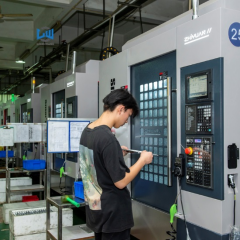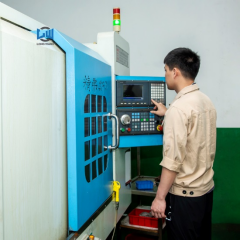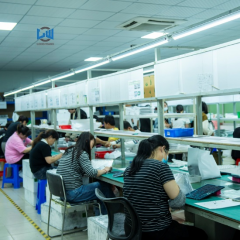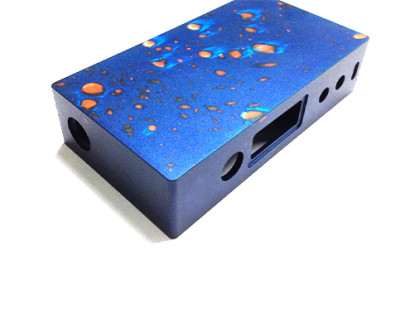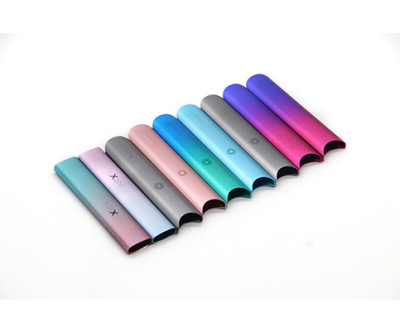What Is Cnc Machining And How Does It Work?
CNC machining, which stands for Computer Numerical Control machining, is a manufacturing process that involves the use of computer-controlled machine tools to create precise and complex parts and components. This technology has revolutionized the manufacturing industry by allowing for greater accuracy, efficiency, and flexibility in the production of parts.
In CNC machining, a computer program is used to control the movement and operation of the machine tool, which is typically a mill, lathe, or router. The program specifies the tool path, speed, and other parameters necessary to produce the desired part or component. The machine tool then uses various cutting tools, such as drills, end mills, and reamers, to remove material from the workpiece and create the desired shape.
One of the primary benefits of CNC machining is its ability to produce parts with extremely tight tolerances and complex geometries. Because the machine tool is controlled by a computer program, it can perform operations with a high degree of precision and accuracy, which would be difficult or impossible to achieve with manual machining methods.
Another advantage of CNC machining is its flexibility. Because the program can be easily modified, it is possible to produce a wide range of parts and components without the need for specialized tooling or equipment. This makes CNC machining an ideal choice for small batch production runs, rapid prototyping, and custom manufacturing.
Another advantage of CNC machining is its high level of accuracy and repeatability. The use of computer-controlled machines ensures that each part or component produced is identical to the previous one. This level of precision is difficult to achieve with manual machining, which relies on the skill and expertise of the operator.
CNC machining is widely used in various industries, including aerospace, automotive, medical, and electronics manufacturing. In aerospace and automotive industries, CNC machining is used to manufacture critical components such as engine parts, landing gear, and structural components. In the medical industry, CNC machining is used to manufacture prosthetic devices, implants, and surgical instruments. In the electronics industry, CNC machining is used to manufacture circuit boards, computer components, and other electronic devices.
In addition to its accuracy and repeatability, CNC machining also offers other advantages such as flexibility and speed. CNC machines can be programmed to produce a wide range of parts and components, and can quickly switch between different jobs. This makes CNC machining ideal for prototyping and small-batch production, where quick turnaround times are essential.
To begin the CNC machining process, a design is created using Computer-Aided Design (CAD) software. This design is then converted into G-code and uploaded to the CNC machine. The machine operator then loads the material to be machined onto the machine's bed and secures it in place.
In conclusion, CNC machining is a highly efficient and precise manufacturing process that relies on computer-controlled machines to create parts and components. By using CAD software to design parts and G-code to control the machines, CNC machining can produce high-quality, complex parts quickly and accurately.
Dongguan Longwang have over 15 years experience in CNC machining, experienced engineer team supply R&D services, make your idea come true,if you have project need machining service,please contact us!
